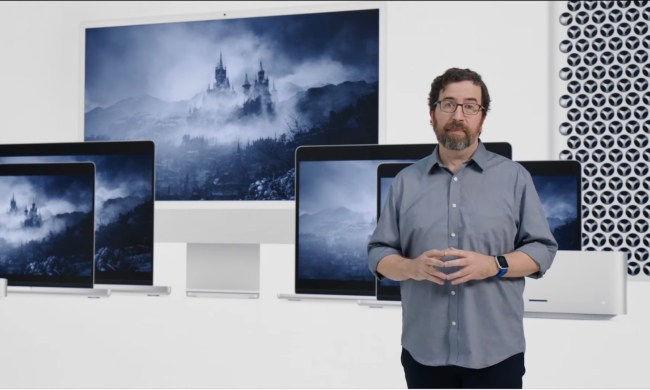Although Steve Jobs’ focus at his WWDC keynote yesterday was iPhone 4, the company has also taken the opportunity to showcase a new iteration of its Safari Web browser. Although Safari hasn’t gained much ground in the browser wars outside of Mac OS X machines—where it ships as the default browser—Apple has been developing Safari for Windows for years…and has added some special Windows-only goodies to the new release.

The showcase feature for Safari 5 so far as bneen improved support for the still-in-development HTML 5 standard, to which Apple has been in part pinning its hopes for a Flash-free Web. Safari 5 supports a full-screen mode for the HTML 5 <video> along with closed captioning, the capability to support geolocation services (where users can choose to provide location information to a Web site to find, say, local businesses), forms validation, the HTML 5 draggable attribute, and much more.
Although the HTML5 standard isn’t finalized—and Apple has been jumping into implementing technologies that are far from baked—the company certainly isn’t alone in jumping on the HTML 5 bandwagon: Internet Explorer 9, Opera, Chroma, and Firefox are all moving in the same direction. Where Apple has been drawing fire is in its showcase of HTML 5 and Web standards, which uses heavy-handed browser sniffing to lock out any browsers that aren’t Safari. Although a few of the demos illustrate technology only implemented in Safari, the majority of the demos operate just fine in other browser that have been working on HTML 5 support.
Safari 5 also features a “Reader” mode that aims to declutter a Web page, pushing annoying adds and visual distractions to the background and pulling out a Web page’s primary content for easy reading. User just click a Reader icon in the address field, and Safari pulls out the primary content into a continuous, clutter-free view with onscreen controls to zoom, print, or send via email.
Apple has also juiced Safari’s performance with a faster JavaScript engine (Apple claims a 30 percent improvement over Safari 4 and twice as fast as Firefox 3.6), along with a DNS pre-fetching algorithm that looks up sites referenced in links on a loaded Web page so, if a user wants to follow that link the site’s DNS information is already cached.
Apple has also added Microsoft’s Bing as a search engine option in Safar, and added support for GPU accelleration under Windows. Safari 5 also introduces “Safari Extensions,” a way for developers to enhance and customize Safari using HTML5, CSS, and JavaScript to enhance Safari’s functionality.
Safari 5 will presumably become the new default browser on Macintosh systems; however, it’s free for anyone to try out. On the Mac it requires Mac OS X 10.5.8 or Mac OS X 10.6.2 or newer; Windows users need Windows XP SP2, Vista, or Windows 7, although Safari’s existing Cover Flow and Top Sites features require a DirectX 9-capable video card.


